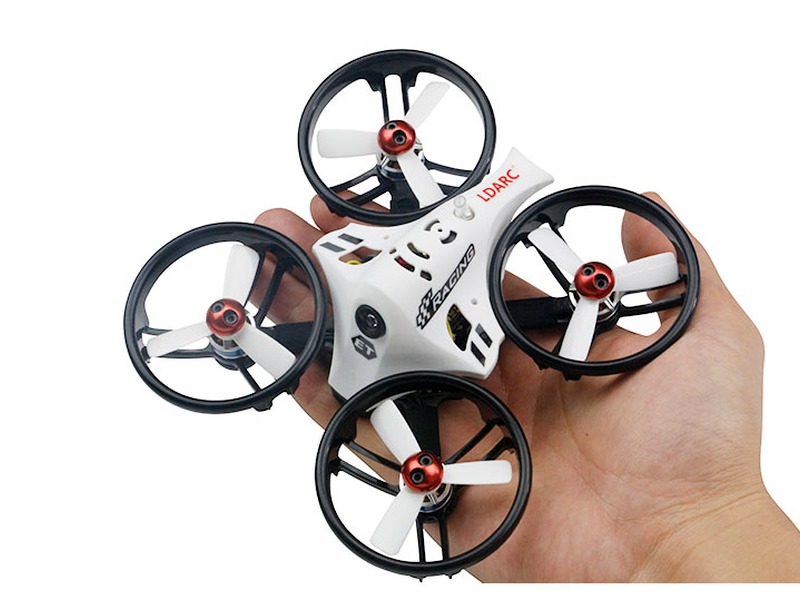Do FPV drones need line of sight?

FPV drones, or First Person View drones, are unmanned aerial vehicles that are operated by a pilot using a remote controller. The pilot has the ability to see what the drone is seeing by using a camera and video feed that is transmitted directly to the controller. This allows the pilot to fly the drone as if they were actually inside the drone, giving them an immersive experience.
The answer to the question of whether FPV drones need line of sight is yes, they do need line of sight in order to properly operate. Line of sight means that the pilot must be able to see the drone at all times, either directly or through the camera view. This is a critical safety requirement for all types of drone operations, as it ensures that the pilot is able to maintain control of the drone at all times.
Without line of sight, the pilot would not be able to properly control the drone, which could lead to a crash or other dangerous situation. Additionally, if the pilot loses line of sight, they will not have the ability to properly navigate the drone, as they will not be able to see any obstacles or other potential hazards.
In order to maintain line of sight, the pilot should always keep the drone in sight. This can be done by keeping the drone at a certain height, typically below 400 feet, and by avoiding any obstacles or other obstructions that could block the view of the drone.
The pilot should also use the camera view to keep an eye on the drone, as this will allow them to see the drone at all times, even if they lose direct line of sight. This will help to ensure that the pilot is able to maintain control of the drone and avoid any dangerous situations.
In some cases, the pilot may be able to fly the drone beyond line of sight. This is known as extended line of sight (ELOS) flying and is only allowed in certain areas and under certain conditions. Typically, the pilot must have permission from the relevant authorities in order to fly ELOS and must have additional safety measures in place, such as additional sensors and monitoring systems, in order to ensure that the drone is still under the pilot’s control.
In conclusion, FPV drones do need line of sight in order to properly operate. The pilot must be able to see the drone at all times, either directly or through the camera view, in order to maintain control of the drone and avoid any dangerous situations. In some cases, the pilot may be able to fly the drone beyond line of sight, however additional safety measures must be in place in order to do so.
Comments / Question
2. Improved accuracy: Line of sight allows the pilot to see exactly where the drone is going and make adjustments as necessary. This can help to ensure that the drone is flying in the correct direction and at the correct altitude.
3. Increased safety: Flying FPV drones with line of sight can help to reduce the risk of accidents and collisions. The pilot is able to see what is going on around the drone, enabling them to react quickly to any potential danger.
4. More immersive experience: Flying FPV drones with line of sight gives the pilot a more immersive experience, as they can see the world from the drone’s perspective. This can be a great way to explore and discover new areas.
2. Use a spotter to assist with the navigation of the drone at all times.
3. Utilize GPS or advanced drone navigation systems to ensure that the drone is always under control.
4. Use a failsafe system to help maintain control of the drone in case of signal loss.
5. Configure the drone with appropriate failsafe settings to ensure quick action in case of an emergency.
6. Avoid flying in poor weather conditions or in areas with high wind speeds.
7. Stay within a reasonable distance from the drone at all times.
8. Monitor the drone’s battery life and replace it when necessary.
9. Ensure that all relevant regulations and laws are followed when flying.
10. Always keep a lookout for other aircraft.

